Holography, machine learning, and stochastic thermodynamics.
-
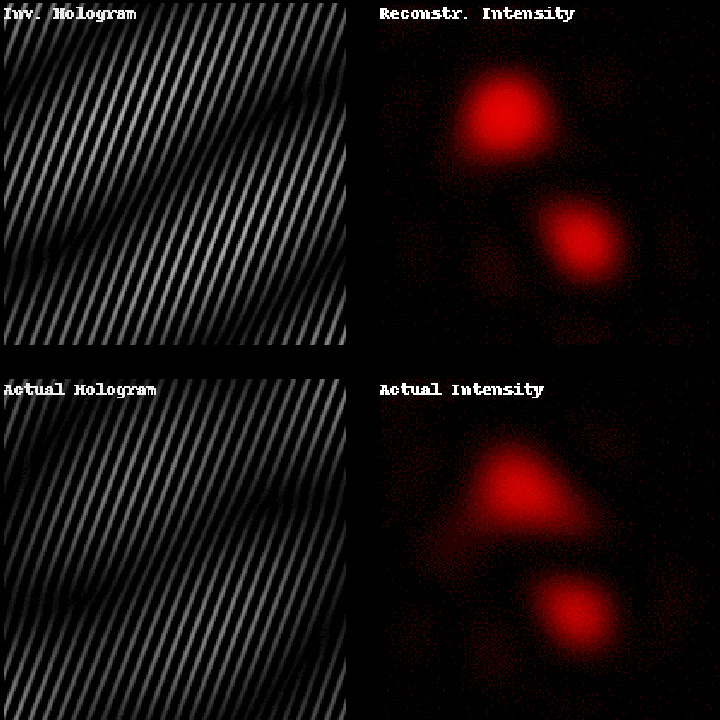
While holograms constitute powerful optical instruments, it can be difficult to find a suitable hologram for a given task. For instance, in holographic optical tweezers, holograms are used to shape laser light that is then used to exert forces on microscopic particles. While there are numerous algorithms for finding holograms, few are geared towards producing small laser patterns with high accuracy. Here, I explore conditional generative models for phase-retrival in digital holography. Read the preprint.
-
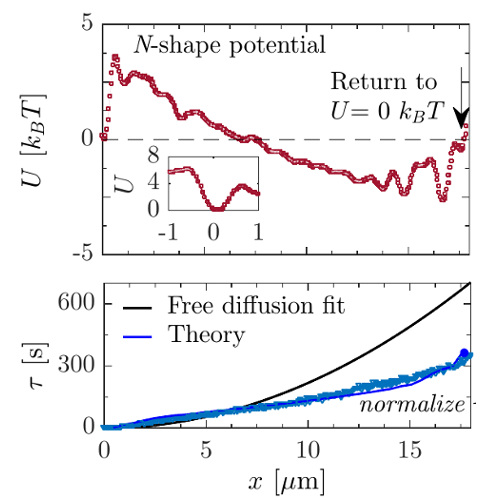
Kramers' theory provides a comprehensive framework for thermally-activated reactions. Crucially, it explains the Arrhenius-like scaling of reaction rates in the limit of high activation-energy barriers. Following theoretical predictions by my coauthors, I show experimentally that for certain barrier shapes, this scaling law is inverted. In other words, reaction rates may actually increase with increasing barrier height. In my experiments, I construct fine-tuned barriers using an automated holographic optical tweezers setup and measure the mean first-passage time of escape. Read the paper... or a commentary (open access).
-
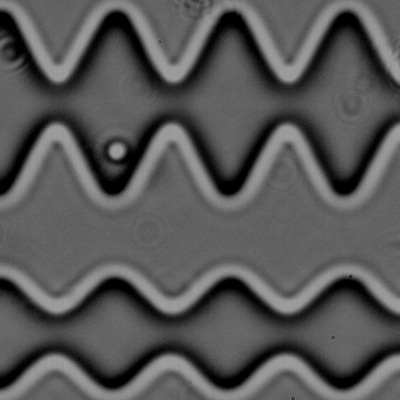
Fick-Jacobs theory and entropic transport in microfluidic systemsMicrofluidic channels that vary in width provide a simple toy model for entropically-driven transport. Entropic forces cause Brownian transitions across constrictions to be shorter than across straight parts of a channel. Crucially, in microfluidic channels, the hydrodynamic friction a particle experiences depends on its proximity to obstructions. When this effect is accounted for, mean first-passage times adhere closely to Fick-Jacobs predictions, which are based on a free-energy that is marginalised along the lateral direction. More coming soon...
-
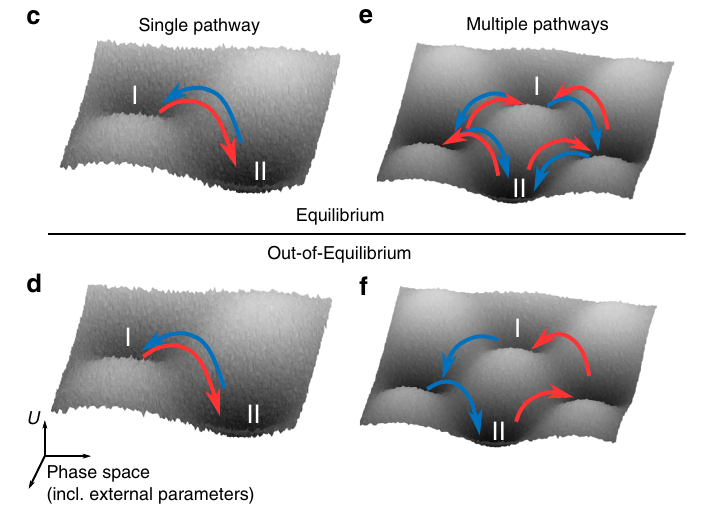
Various first-passage times adhere to a fundamental inversion symmetry, which is related to microscopic reversibility. For instance, the mean time of escape from a 1D interval [a,b] when initialised in the centre, x0=(a+b)/2, is equivalent at both exits: a and b. Crucially, this remains so under the influence of a (constant) drift-force f(x)=f0. In our paper, we systematically explore this symmetry and demonstrate how it can break down on the meso- and molecular scale. We furthermore provide examples how this might be useful for analyzing molecular processes. Read the paper (open access).
-
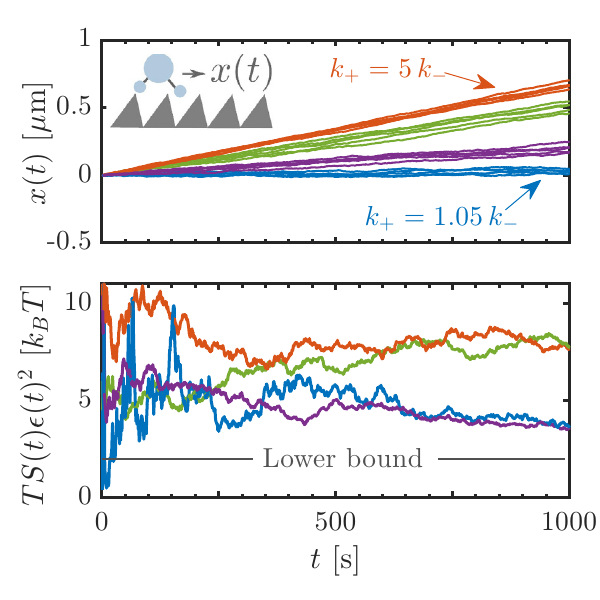
Living systems operate far from thermodynamic equilibrium. Enzymatic activity can induce broken detailed balance at the molecular scale. This breakdown of detailed balance is crucial to achieve biological functions such as high-fidelity transcription and translation, sensing, adaptation, biochemical patterning, and force generation. While biological systems such as motor enzymes violate detailed balance at the molecular scale, it remains unclear how non-equilibrium dynamics [...] Read the review article (open access).
-
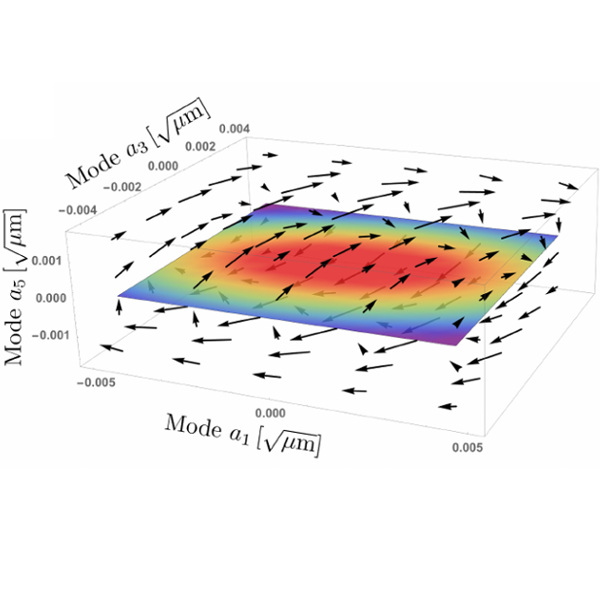
Myosin motor proteins drive vigorous steady-state fluctuations in the actin cytoskeleton of cells. Endogenous embedded semiflexible filaments such as microtubules, or added filaments such as single-walled carbon nanotubes are used as novel tools to noninvasively track equilibrium and nonequilibrium fluctuations in such biopolymer networks. Here, we analytically calculate shape fluctuations of semiflexible probe filaments in a viscoelastic environment, driven out of equilibrium by motor activity. [...] Read the first ...
... or a more in-depth paper.